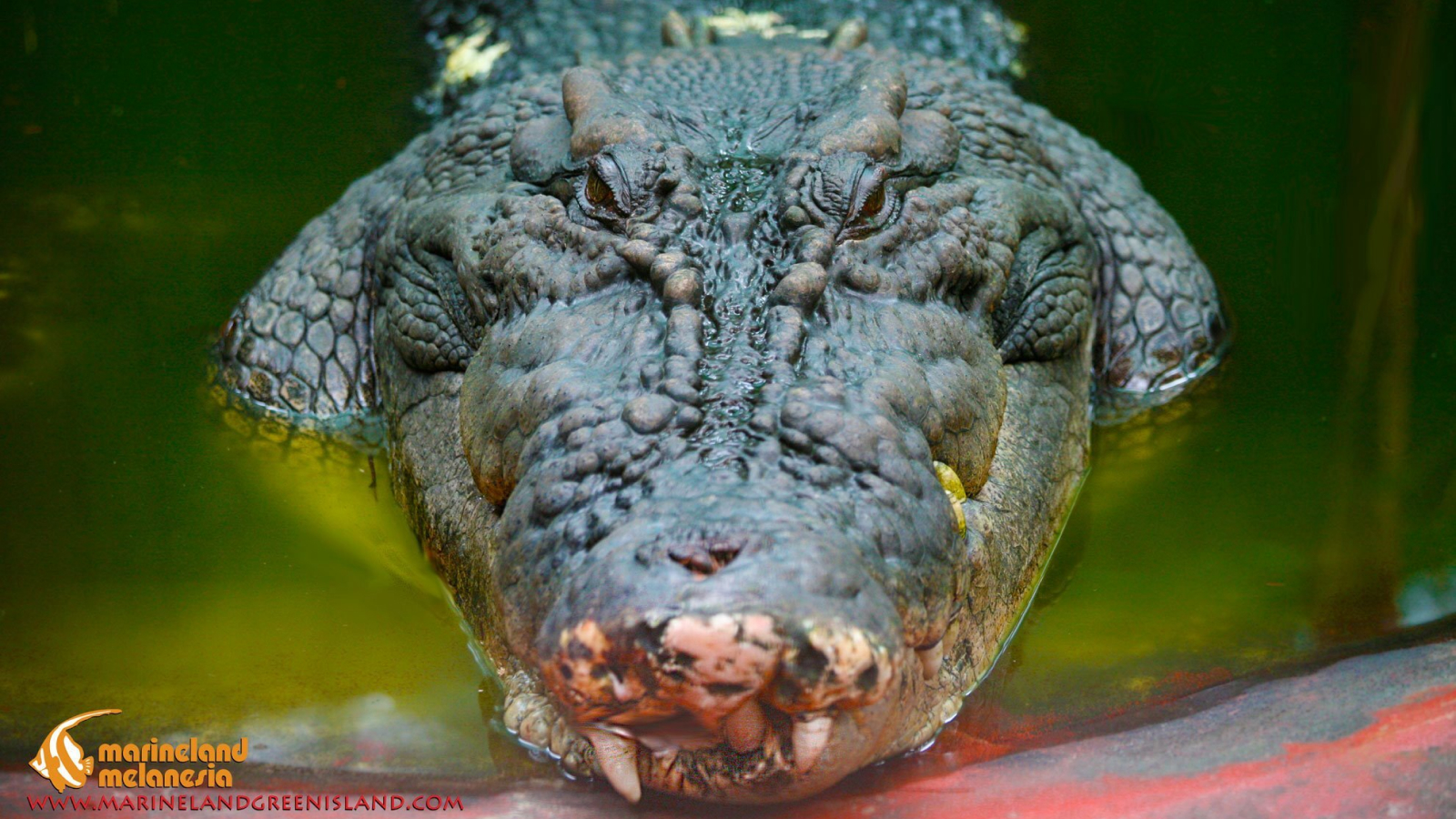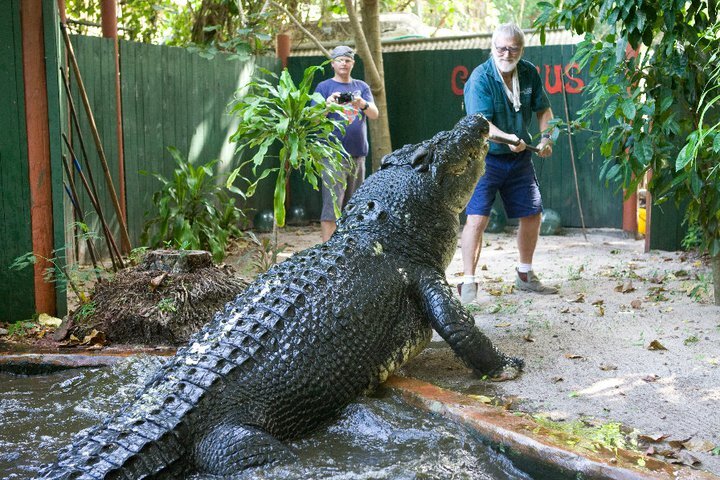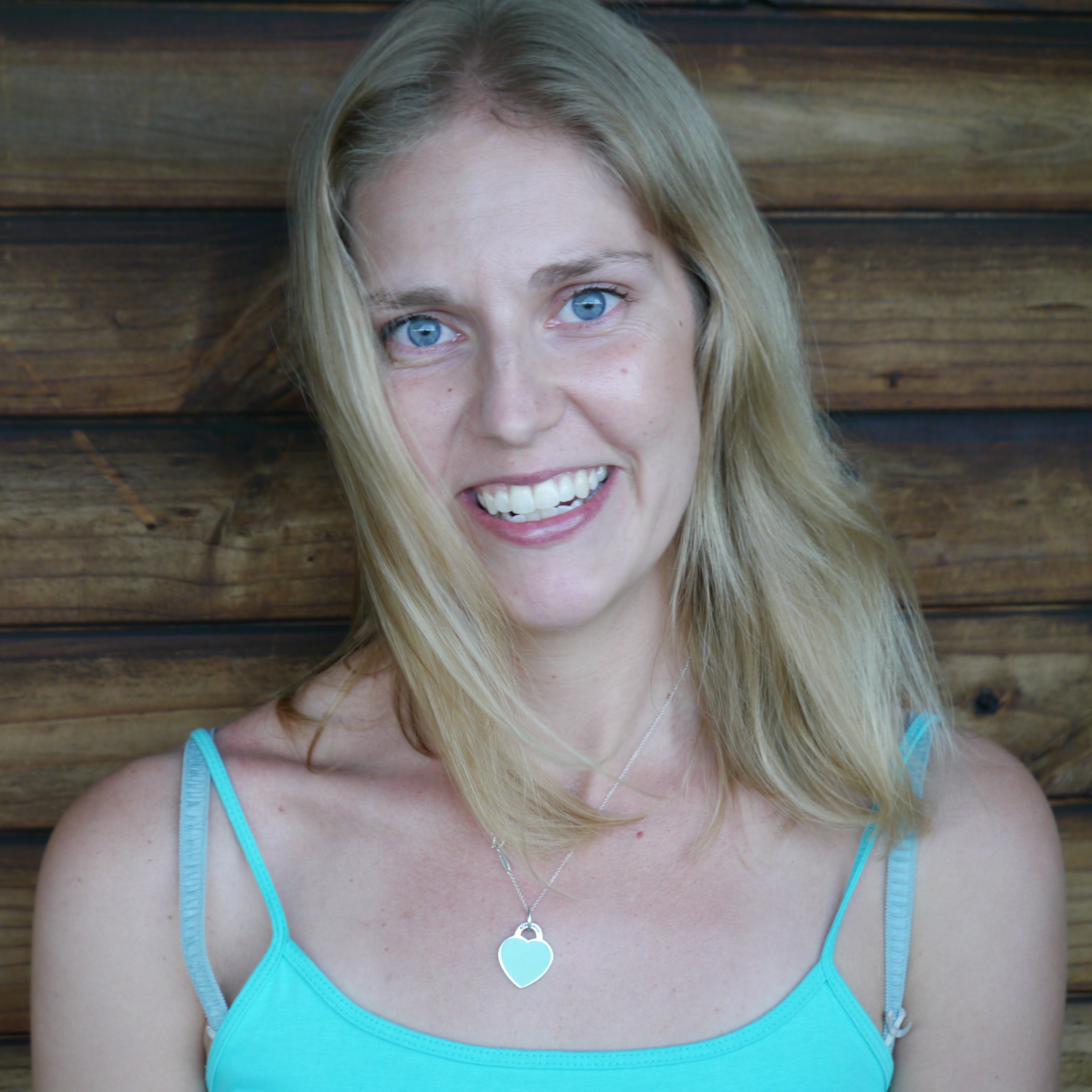Scientists to read Cassius the giant crocodile's bones to find out exactly how old he was when he died
When Cassius — the world's largest captive crocodile — died in Australia, his keepers thought he could be over 120 years old. Now, a necropsy could reveal his true age.

Scientists in Australia may soon learn exactly how old the giant crocodile Cassius was when he died after performing a necropsy on the record-breaking predator.
Cassius, who was the world's largest living captive crocodile, died in Australia this month after 40 years in captivity. Experts estimated the gigantic saltwater croc (Crocodylus porosus) could have been over 120 years old — but they don't know for sure.
Sally Isberg, founder of the Centre for Crocodile Research in Australia’s Northern Territory, told ABC News that "all indications at this stage indicate that he has died of [old age]."
But further tests following the animal autopsy, which will be carried out imminently, may also reveal the 17 feet and 11.75 inch (5.5 meters) croc's exact age, something that even his keepers — who made up his birthday — had never been sure of.
When Cassius was captured in the Finniss River, near Darwin, in 1984, researchers believed he may have been up to 80 years old. But once crocodiles fully mature, their growth rates slow down, making it impossible to determine his exact age.

"There is no way of knowing Cassius' actual age as he was born in the wild and the age is just an estimate," Toody Scott, one of Cassius' keepers at Marineland Crocodile Park, previously told Live Science.
Related: World's largest captive croc turns 120, giving scientists 'serious knowledge on longevity'
Get the world’s most fascinating discoveries delivered straight to your inbox.
The only way to find out the animal's age involves cutting into its bones to count the growth rings, which can only be done after death. Scientists plan to cut into Cassius' back and right femur bone to take samples that will be sent away for testing.
"My plan is to send it to a lab that can cross-section it and look for growth rings, just like in trees," Isberg told ABC News. However, it could take months before the results are back and the process isn't guaranteed to work, she added. "I'm a little bit concerned that those growth rings might not be quite as easily discernible."
Grahame Webb, a zoologist and leading crocodile researcher, helped capture Cassius from the wild in 1984 after the aggressive croc started attacking cattle and boat propellers. He told ABC News that counting growth rings might not give an accurate age estimate. "These animals stop growing and they can live for decades afterwards without growing," he said.
Cassius measured just under 18 feet (5.5 m) long when he died. However, he was also missing part of his snout and the end of his tail. Without these battle scars, Webb believes the crocodile would have reached a total length of 19 feet (5.8 m).

Melissa Hobson is a freelance writer who specializes in marine science, conservation and sustainability, and particularly loves writing about the bizarre behaviors of marine creatures. Melissa has worked for several marine conservation organizations where she soaked up their knowledge and passion for protecting the ocean. A certified Rescue Diver, she gets her scuba fix wherever possible but is too much of a wimp to dive in the UK these days so tends to stick to tropical waters. Her writing has also appeared in National Geographic, the Guardian, the Sunday Times, New Scientist, VICE and more.


